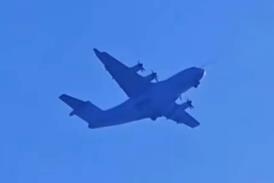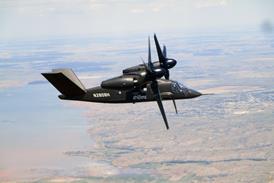RAMON LOPEZ / WASHINGTON DC
The Bush Administration wants to add $18 billion to the fiscal year 2002 defence spending "blueprint" submitted to the US Congress in February, raising the budget request to nearly $330 billion.
The FY02 amendment does not fund any new weapon systems, although an additional $600 million is sought for national missile defence research and development.
Planned FY02 missile defence spending now totals $8.3 billion. The Ballistic Missile Defense Organization (BMDO) would receive $7 billion, including $307 million for the Space-Based Infrared System-Low surveillance system, $63 million for the Space- Based Laser, and $214 million for the Airborne Laser. The three projects are being moved from US Air Force to BMDO control while its Patriot Advanced Capability-3, Medium Extended Air Defense System, and Navy Area Wide theatre ballistic missile defence programmes are being shifted to the US Army and US Navy.
The USN would receive funding for 48 Boeing F/A-18E/Fs, four Lockheed Martin KC-130Js and 13 Sikorsky CH-60s. Production of Bell Boeing V-22 Ospreys is cut to 12.
The USAF, meanwhile, is seeking $770 million in FY02 to pay for its portion of Joint Strike Fighter research and development efforts.
Other USAF requirements are nearly $4 billion to acquire 13 Lock- heed Martin/Boeing F-22 Raptor fighters; an equal amount for 15 Boeing C-17 transports; $363 million for two C-130Js; $233 million for 48 Raytheon T-6A Texan trainers; and $303 million for two Block 5 Northrop Grumman RQ-4A Global Hawk unmanned air vehicles. The request also adds $103 million to the FY02 request to accelerate development for Block 10 upgrades.
The USAF seeks to scrap 32 of its 92 Rockwell B-1B Lancer bombers and reduce the number of operating bases from five to two. USAF budget officials say: "The B-1B has performed well, but at increasing costs. Modifications, including offensive and defensive avionics and the ability to carry the full range of precision-guided munitions, are required if it is to remain viable in combat." Cost savings will be applied to updates beyond the Block D conventional mission upgrade programme.
Disclosure of the figures follows release of a conventional forces study which concluded that the US military has failed to exploit available technology in some areas.
Source: Flight International























